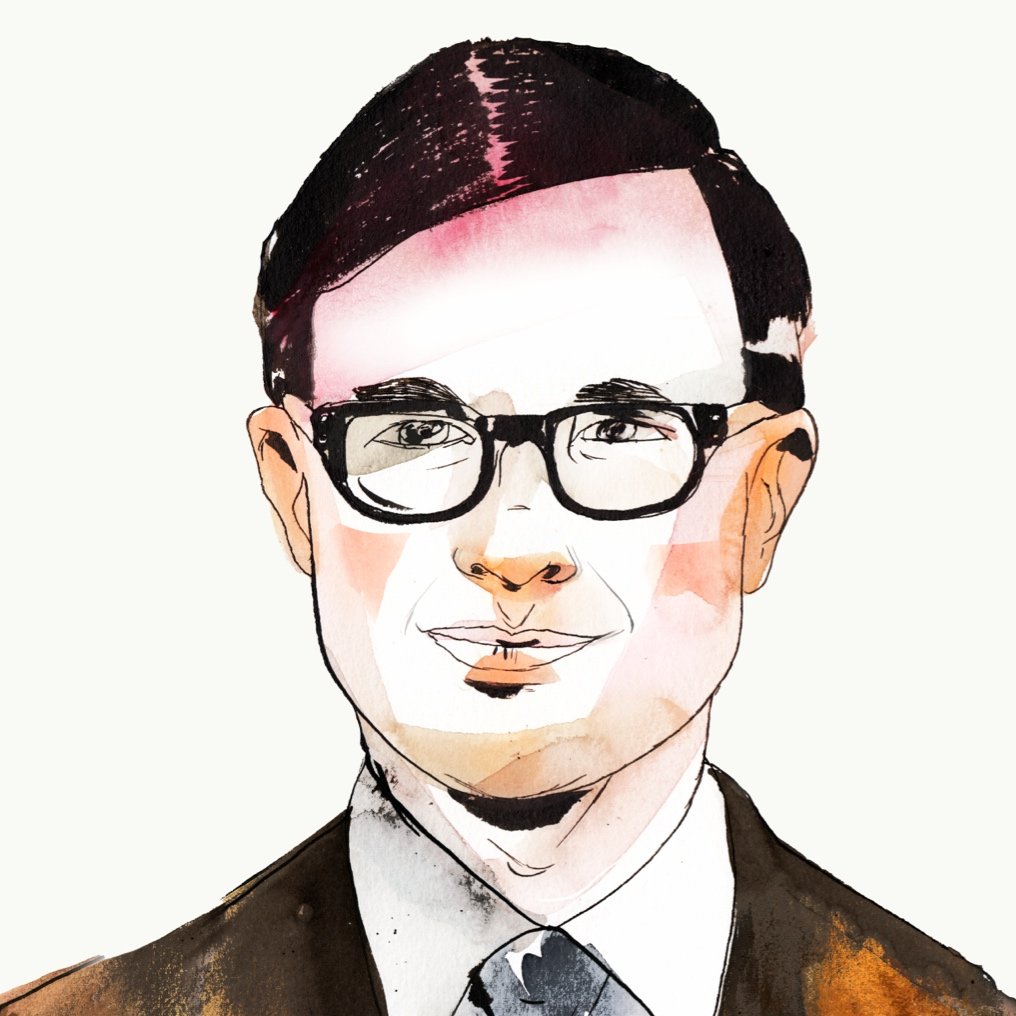George Weigel writes in National Review :
Cardinal Bergoglio was used in 2005; he knows precisely who used him and why; and while he is a man of the Gospel who is not looking to settle scores, he is also a man of prudence who knows who his friends, and who his enemies, are. Here’s the story:
In April 2005, the progressive party (which was a real party then) came to Rome after the death of John Paul II thinking it had the wind at its back and clear sailing ahead — only to find that the Ratzinger-for-pope party was well-organized; that Ratzinger had made a very positive impression by the way he had run the General Congregations of cardinals after John Paul II’s death; that he had deep support from throughout the Third World because of the courtesy with which he had treated visiting Third World bishops on their quinquennial visits to Rome over the past 20 years; and that, after his brilliant homily at John Paul’s funeral Mass, he was indisputably the frontrunner for the papacy.
Confronted with this reality, the progressives panicked. Their first blocking move against Ratzinger was to try and run the aged Carlo Maria Cardinal Martini, S.J., emeritus archbishop of Milan, who was already ill with Parkinson’s disease and had retired to the Pontifical Biblical Institute in Jerusalem. The idea was not to elect Martini pope; it was to stop the Ratzinger surge. Then, when Ratzinger blew past Martini with almost 50 percent of the vote on what was assumed to be the “courtesy” first ballot (where some votes are cast as gestures of friendship, esteem, etc.), and subsequently went over 50 percent the following morning, the panic intensified. Martini was summarily abandoned (or may have told his supporters to forget it).
The progressives then tried to advance Cardinal Bergoglio — who was very much part of the pro-Ratzinger coalition; who embodied “dynamic orthodoxy,” just like John Paul II and Joseph Ratzinger; who had been persecuted by his more theologically and politically left-leaning Jesuit brethren after his term as Jesuit provincial in Argentina (they exiled him to northern Argentina where he taught high-school chemistry until rescued by John Paul II and eventually made archbishop of Buenos Aires); and who was doubtless appalled by the whole exercise on his putative behalf.
It was a last-ditch blocking move, perhaps constructed around the idea that a Third World candidate like Bergoglio would peel off Ratzinger votes. In any event, it was a complete misreading of the 2005 conclave’s dynamics and a cynical use of Bergoglio, who would almost certainly have been abandoned had the stratagem worked — and it failed miserably.
Thus it may be safely assumed that the coalition that quickly solidified and swiftly elected Jorge Mario Bergoglio as pope in 2013 had little or nothing to do with the eminent cabal that tried to use him in 2005. Pope Francis was elected for who he is, not for taking the silver medal eight years ago.

